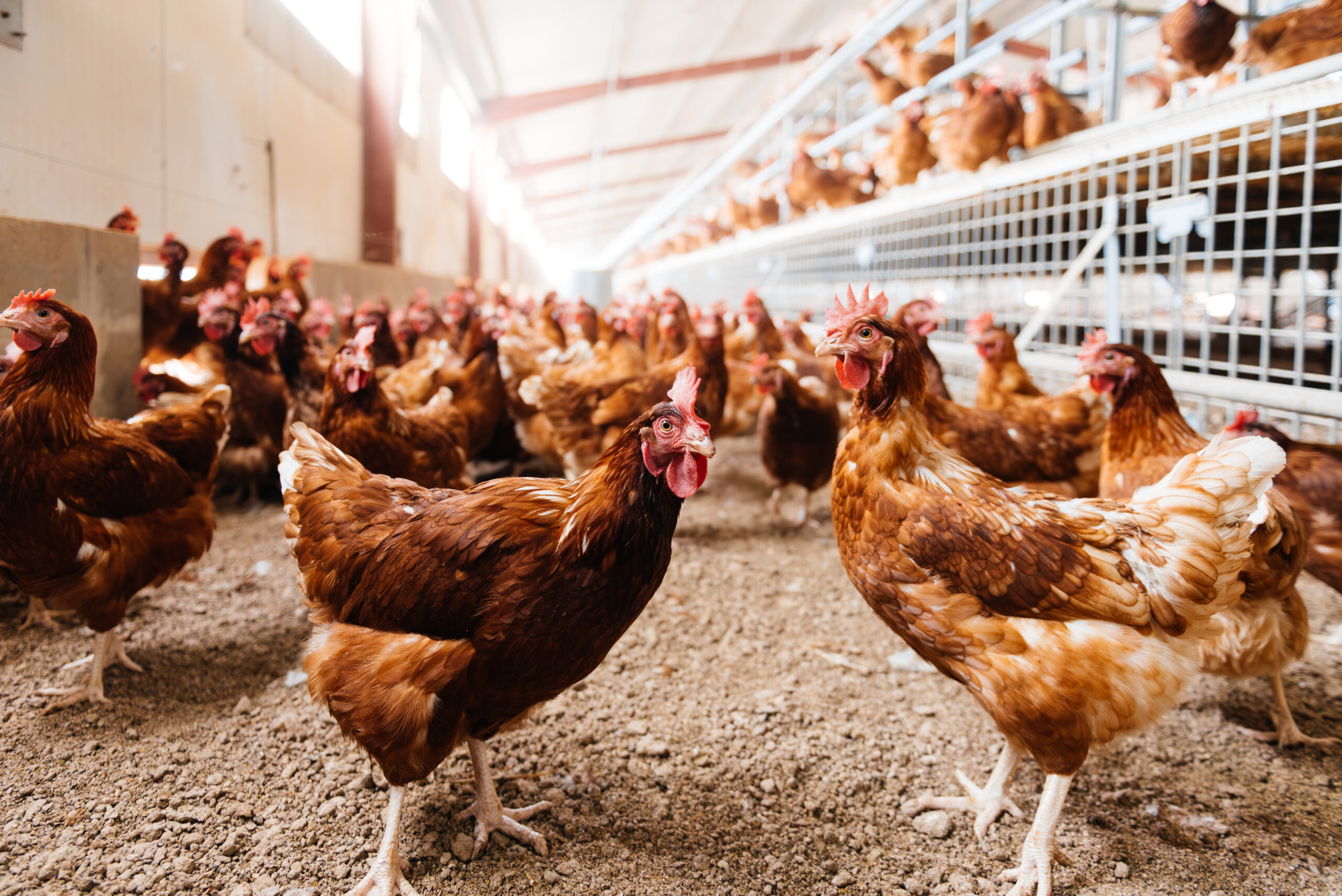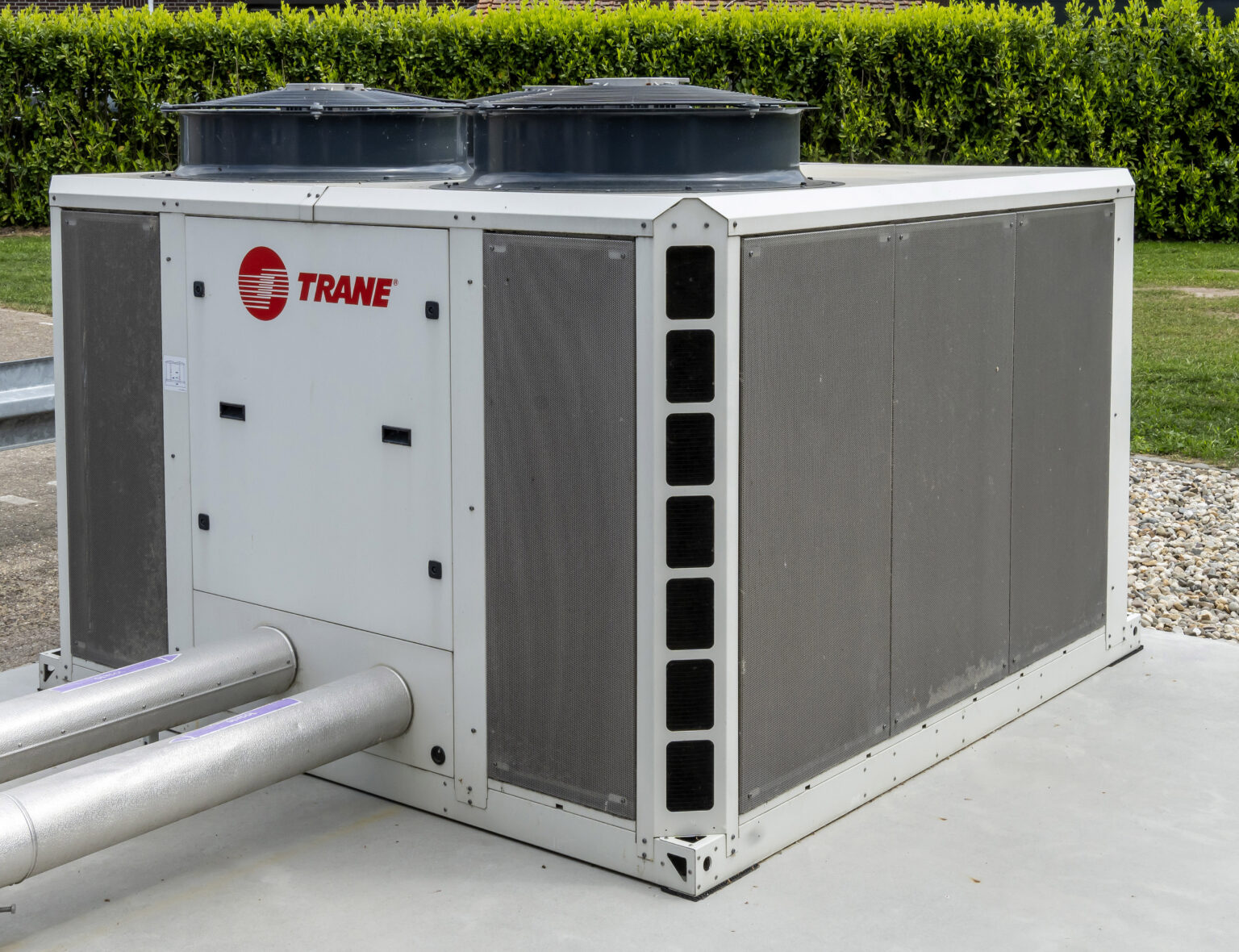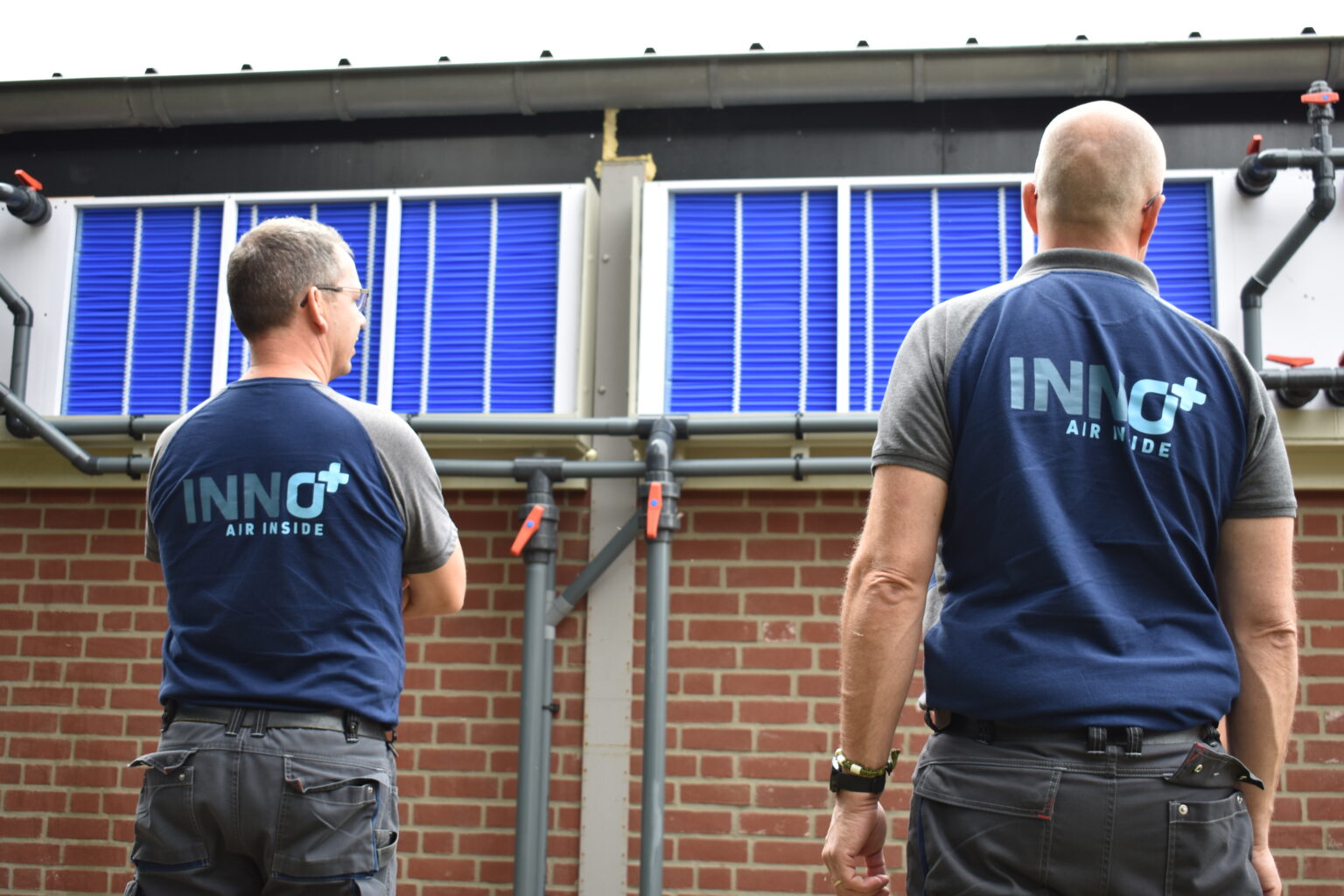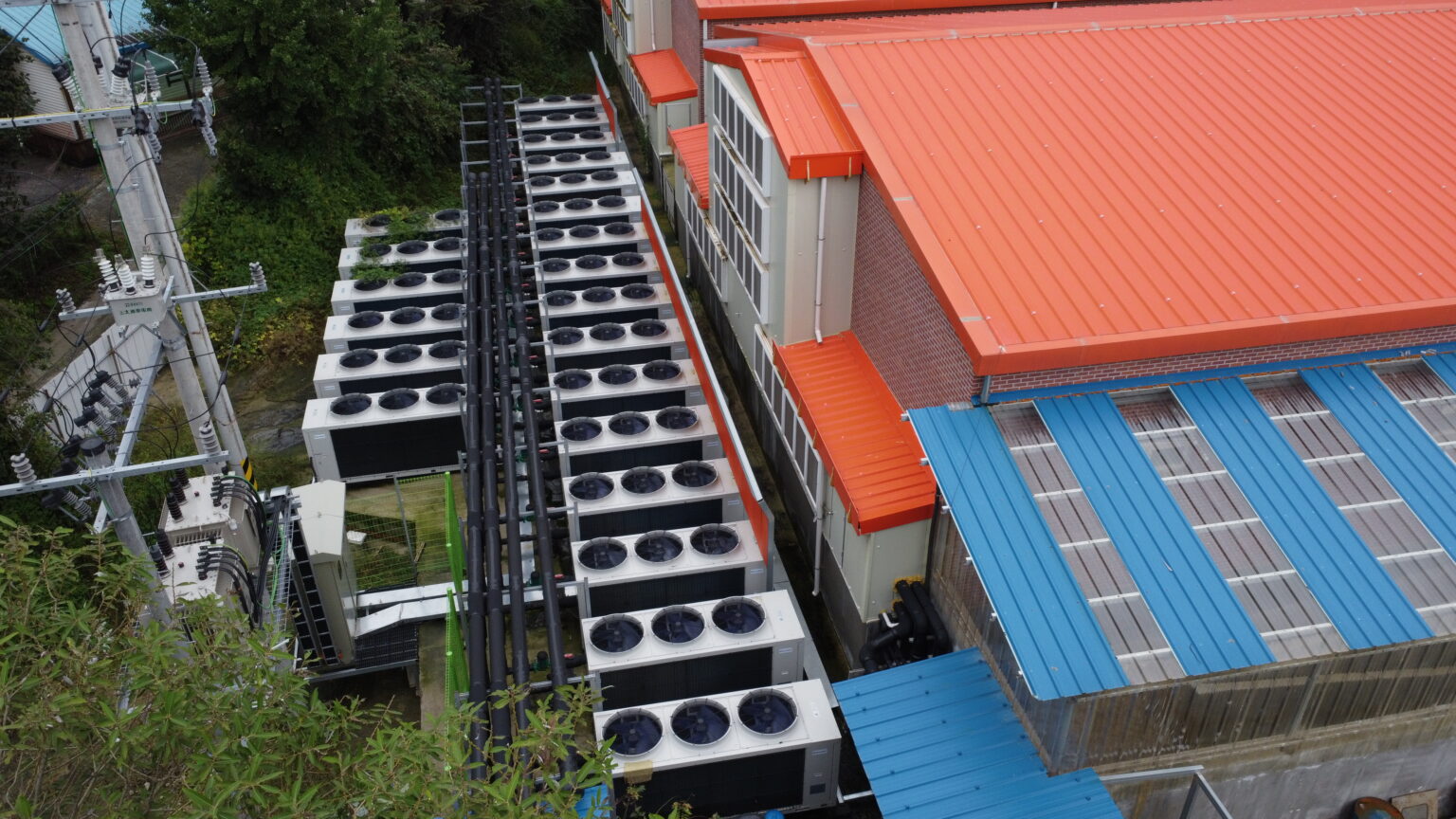
Poultry cooling systems for healthier, more productive flocks
What is a poultry cooling system?
A poultry cooling system is designed to control the temperature inside the poultry house, protecting birds from heat stress and maintaining optimal production conditions. There are several types on the market, including:
- Direct evaporative cooling (pads or misting systems)
- Indirect cooling (via heat exchanger technology)
- Mechanical refrigeration
- Natural ventilation systems
Each has its own way of reducing heat – but the choice of system can make a big difference to both flock performance and running costs.


How indirect cooling works
Indirect cooling uses a heat exchanger to pre-cool fresh incoming air before it enters the poultry house. Warm outside air passes along one side of the exchanger, while cool water or air circulates on the other side. The two streams never mix, meaning that only the temperature is reduced – not the humidity.
This method brings several key benefits:
- Lower humidity levels compared to direct evaporative systems
- Reduced risk of bacterial growth and wet litter problems
- Consistent air quality, even during peak summer conditions
- Energy efficiency – lower operational costs compared to mechanical cooling
By integrating indirect cooling into poultry cooling systems, farmers can achieve optimal results with minimal energy use.
Comparing cooling methods
- Direct evaporative cooling is effective in hot, dry climates, but in humid regions it can raise moisture levels inside the house, leading to wet litter, ammonia build-up and health problems.
- Mechanical refrigeration (such as traditional air conditioning) can deliver precise temperature control, but at a high energy cost, making it impractical for large-scale poultry operations.
- Natural ventilation helps in mild climates, but offers little relief when outside temperatures are close to or above the birds’ comfort zone.
- Indirect cooling, by contrast, delivers cooler air without the moisture load, making it ideal for regions with warm and humid summers – and for farmers who prioritise air quality and flock health.

